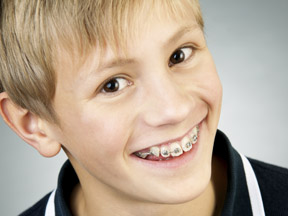Orthodontic Terms
Part of the technology at Spannhake Orthodontics is the new iTero scanner, which does away with having to take impressions of your teeth. This scanner allows us to create a computerized 3D image of your teeth so that we can plan your tooth movements throughout your entire treatment plan. The iTero scanner system digitally captures the contours of your teeth, providing an accurate digital orthodontic scan in just minutes. The digital impression procedure ensures a more comfortable experience for the patient and produces a more precise scan for our doctors. What’s more, the scanner uses visible light, so you won’t have any exposure to radiation during the procedure.
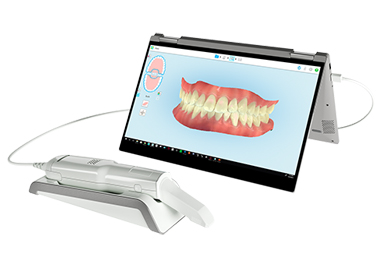
Appliances are used by Dr. Spannhake to move your teeth or change the position of your jaw.
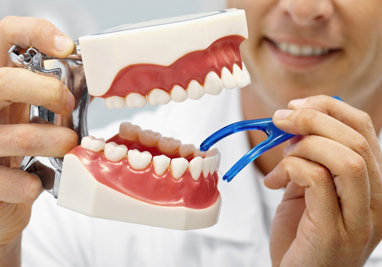
The process of cementing orthodontic bands to your teeth.
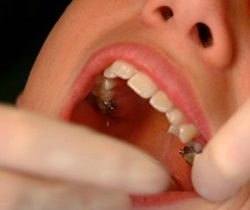
The process of attaching brackets to your teeth using a special safe adhesive.


A meeting with your treatment coordinator and Dr. Spannhake where they discuss your treatment plan.

The removal of cemented orthodontic brackets.
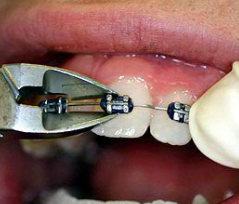
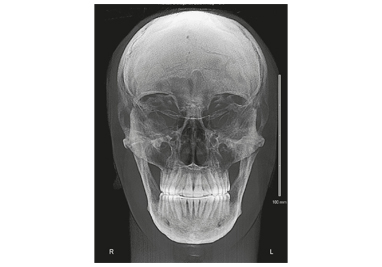
Orthodontic treatment that is usually done between the ages of 6 and 10. The objective of interceptive orthodontic treatment is to provide orthopedic intervention, so that later comprehensive orthodontic treatment is more effective and efficient.
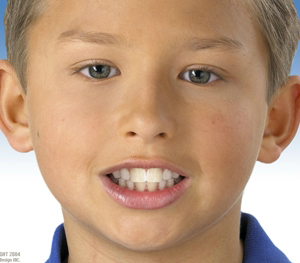
The iTero Scanner is a state-of-the-art digital impression system that eliminates the need for messy putty in your mouth. With our iTero Element Scanner, we can digitally capture a detailed 3D model of your teeth and gums. Not only is this process far more comfortable than the old putty based impressions, but it’s faster and can offer a superior clinical endpoint.
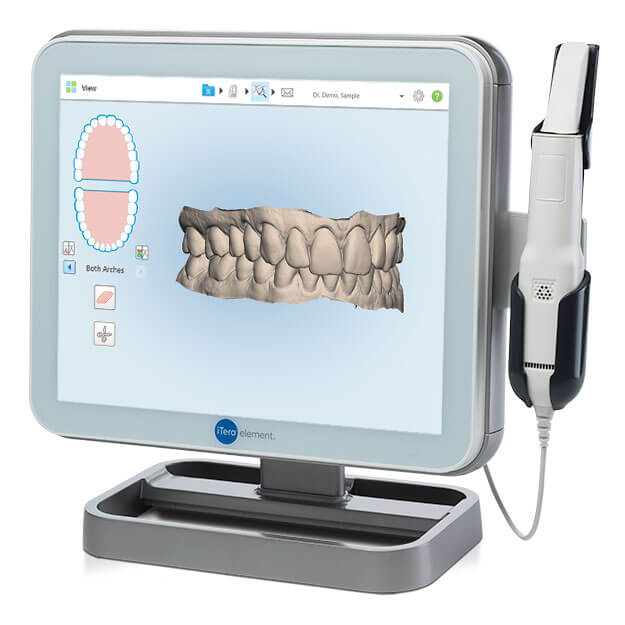
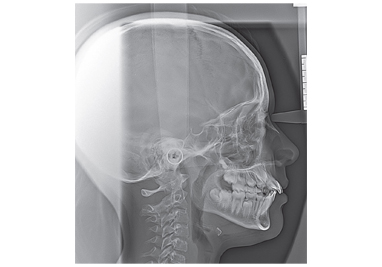
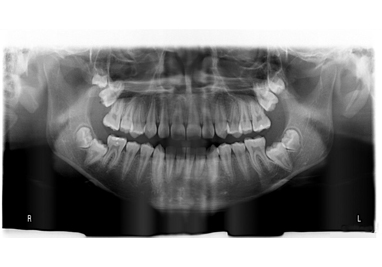
Effective brushing and flossing is one of the most critical actions needed from patients during braces. Regular visits to the general dentist for examination and cleaning are also essential. The results of inadequate oral hygiene include decalcification (white spots/marks], gingivitis (inflammation of the gums], and periodontal disease (inflammation leading to bone loss).
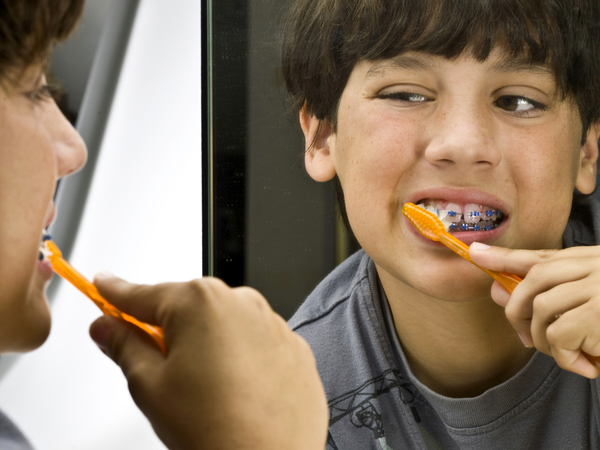
These records, which could include a lateral headfilm, panoramic radiograph, frontal headfilm, digital photographs and a 3D digital generated model, help Dr. Spannhake determine what treatment is needed.

An x-ray taken by a machine that rotates around your head to give Dr. Spannhake a picture of your teeth, jaws and other important information.
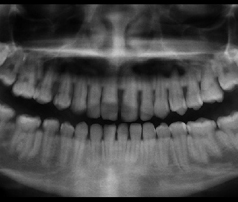
The passive treatment period following active orthodontic correction during which retaining appliances may be used.

Separators are tiny rubber bands or springs that Dr. Spannhake places between your back teeth. These separators prepare your mouth for braces by creating a small gap between these teeth. This space allows for the placement of a metal band around your molar, which anchors your braces in your mouth.
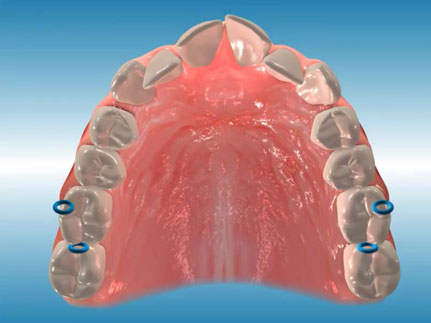
Two phase orthodontic treatment is a very specialized process that encompasses tooth straightening and physical, facial changes. The major advantage of a two-phase treatment is to maximize the opportunity to accomplish the ideal healthy, functional, and esthetic result that will remain stable throughout your life.
